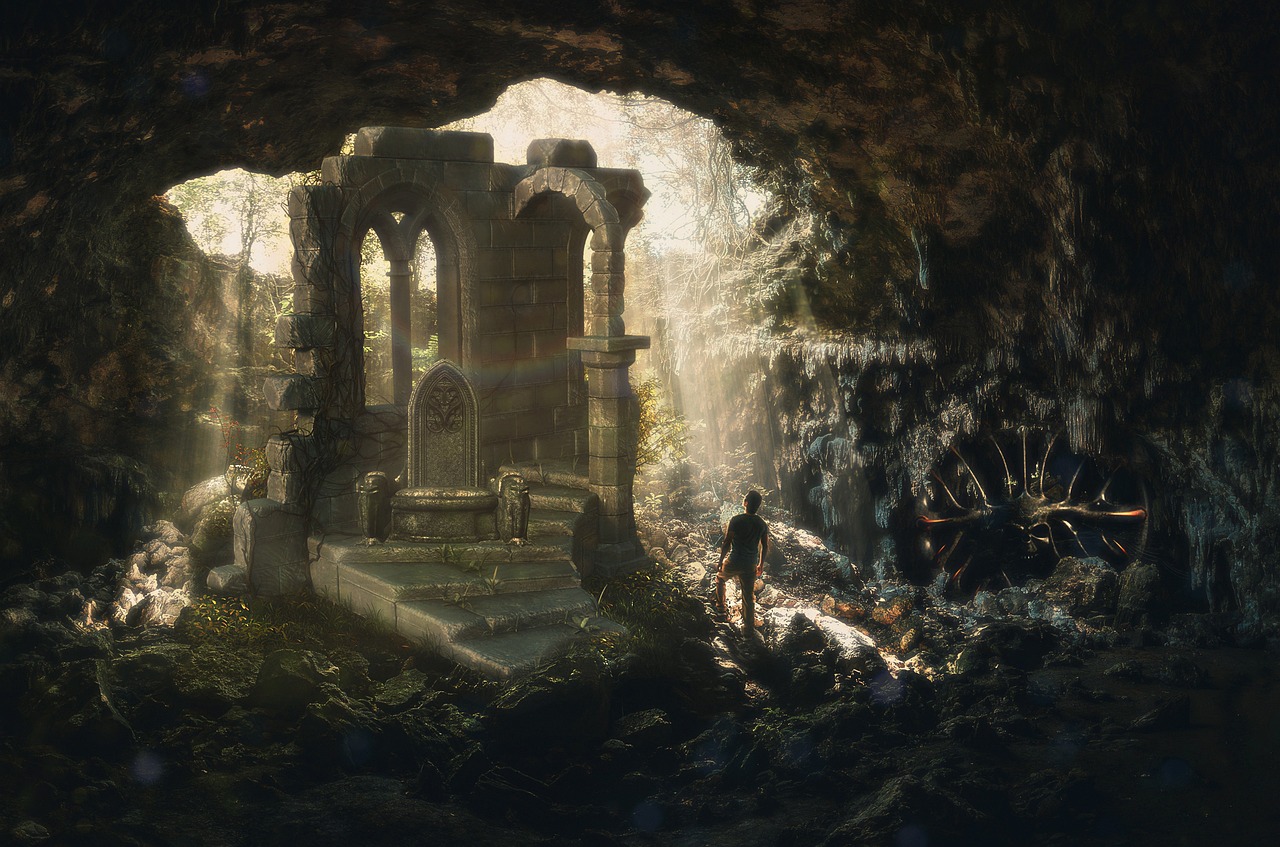Table of Contents
- 1 I. Introduction
- 2 II. The Role of Research and Preparation
- 3 III. Innovative Techniques and Technology
- 4 IV. Skills and Expertise Required
- 5 V. Fieldwork Practices
- 6 VI. Analytical and Interpretative Processes
- 7 VII. Ethical and Legal Considerations
- 8 VIII. Case Studies of Notable Discoveries
- 9 IX. Challenges and Future Directions
- 10 X. Conclusion
![]()
Archaeology is a window into the past, uncovering artifacts and sites that reveal the stories of ancient civilizations. The process of making successful archaeological discoveries involves a complex interplay of research, technology, expertise, and ethical considerations. Understanding these elements can illuminate how archaeologists piece together our history.
I. Introduction
Archaeological discoveries are defined as the unearthing of physical evidence from past human activities, including artifacts, structures, and biofacts. These discoveries provide crucial insights into ancient societies, their cultures, and their daily lives. Successful archaeological endeavors have transformed our understanding of human history, shedding light on previously unknown aspects of ancient civilizations. Famous discoveries like Tutankhamun’s tomb and the Rosetta Stone illustrate the profound impact these findings can have.
II. The Role of Research and Preparation
A. Historical and Cultural Background Research
The foundation of successful archaeological work lies in thorough background research. Understanding the historical and cultural context of a region helps archaeologists identify promising sites and interpret findings accurately. Researchers delve into historical texts, previous archaeological reports, and cultural studies to form a comprehensive picture of the area’s past.
B. Site Selection and Surveys
Choosing the right site is crucial for a successful excavation. Archaeologists use various methods to identify potential sites, including remote sensing technologies and historical records. Preliminary surveys, such as fieldwalking and surface collecting, are conducted to assess the site’s potential. Test excavations, which involve digging small, controlled areas, help determine whether a site is worth a full-scale excavation.
III. Innovative Techniques and Technology
A. Modern Archaeological Methods
Advancements in technology have revolutionized archaeological practices. Remote sensing techniques, such as ground-penetrating radar (GPR) and Lidar (Light Detection and Ranging), allow archaeologists to visualize and map subsurface features without extensive digging. Geographic Information Systems (GIS) further aid in analyzing spatial data and historical landscapes.
B. Advances in Dating Methods
Precise dating is essential for understanding the chronology of archaeological finds. Radiocarbon dating, which measures the decay of carbon isotopes, is used to date organic materials up to about 50,000 years old. Dendrochronology, or tree-ring dating, provides accurate dates for wooden artifacts by analyzing annual growth rings.
C. Laboratory Analysis
Laboratory techniques have also advanced, providing deeper insights into archaeological materials. DNA analysis helps identify species and even individual genetic profiles from ancient remains. Isotopic analysis can reveal dietary habits, migration patterns, and environmental conditions of past populations.
IV. Skills and Expertise Required
A. Archaeological Training and Education
Successful archaeology demands rigorous training and education. Archaeologists typically hold advanced degrees in fields such as archaeology, anthropology, or history. Specialized training in excavation techniques, conservation practices, and laboratory analysis is also crucial. Interdisciplinary knowledge, including geology and biology, enhances the ability to interpret findings accurately.
B. Team Dynamics and Collaboration
Archaeological projects often involve multidisciplinary teams. Effective collaboration among archaeologists, historians, geologists, and other experts is essential for a comprehensive analysis of discoveries. Coordinating fieldwork logistics, ensuring safety, and managing team dynamics are also critical aspects of successful projects.
V. Fieldwork Practices
A. Excavation Techniques
Excavation requires meticulous planning and execution. Archaeologists use stratigraphy, the study of layers of soil, to understand the chronological sequence of artifacts. Excavations are conducted in layers to avoid disturbing the context of finds. Detailed documentation and recording of each layer and artifact ensure that the data remains accurate and usable for future analysis.
B. Preservation and Conservation
Preserving artifacts in their original condition is a primary concern during excavations. Techniques such as proper packaging, controlled environments, and conservation treatments are employed to protect artifacts from deterioration. Addressing conservation challenges requires expertise and careful planning to ensure long-term preservation.
VI. Analytical and Interpretative Processes
A. Post-Excavation Analysis
Once excavation is complete, the analysis begins. Artifacts are cataloged, cleaned, and studied in the laboratory. Classification involves grouping items based on their type, function, and material. Analysis of these items provides insights into past cultures, economies, and technologies.
B. Interpretation and Reconstruction
Interpreting findings involves placing artifacts and structures within their historical context. Archaeologists develop hypotheses about how past societies functioned and reconstruct aspects of daily life, social organization, and cultural practices. These interpretations are based on the evidence uncovered and are continually refined as new discoveries are made.
VII. Ethical and Legal Considerations
A. Legal Frameworks and Regulations
Archaeological work is governed by a range of international and national laws designed to protect cultural heritage. Permits and permissions are required to conduct excavations, and adherence to legal guidelines ensures that archaeological work respects legal and ethical standards.
B. Ethical Issues
Ethical considerations are paramount in archaeology. Respect for indigenous cultures and local communities is essential, particularly regarding the treatment and repatriation of artifacts. The debate over the ownership and display of cultural heritage highlights the need for sensitivity and ethical decision-making in archaeological practices.
VIII. Case Studies of Notable Discoveries
A. The Tomb of Tutankhamun
Discovered by Howard Carter in 1922, Tutankhamun’s tomb is one of the most famous archaeological finds. The tomb’s intact state provided unparalleled insights into the burial practices and material culture of ancient Egypt. The discovery sparked worldwide interest and significantly advanced the field of Egyptology.
B. The Terracotta Army
Found in 1974 near Xi’an, China, the Terracotta Army consists of thousands of life-sized statues buried with the first Emperor of China, Qin Shi Huang. The discovery revealed the grandeur of imperial China and its elaborate funerary practices. It has become a symbol of China’s rich historical heritage.
C. The Rosetta Stone
Unearthed in 1799 during Napoleon’s campaign in Egypt, the Rosetta Stone was crucial in deciphering Egyptian hieroglyphs. The stone’s inscriptions in Greek, Demotic, and hieroglyphic scripts provided the key to understanding ancient Egyptian writing and culture.
IX. Challenges and Future Directions
A. Challenges Facing Modern Archaeology
Modern archaeology faces several challenges, including the impacts of climate change, which threaten archaeological sites through erosion and flooding. Funding and resource constraints also pose difficulties for extensive and long-term research projects.
B. Future Trends and Innovations
The future of archaeology is likely to be shaped by emerging technologies, such as advanced imaging techniques and artificial intelligence. These innovations promise to enhance excavation methods, data analysis, and public engagement. Citizen science and public participation are also becoming increasingly important in archaeological research.
X. Conclusion
Successful archaeological discoveries are the result of meticulous planning, advanced techniques, and interdisciplinary collaboration. These discoveries not only enrich our understanding of the past but also highlight the importance of preserving our cultural heritage. As technology and methodologies continue to evolve, the field of archaeology will undoubtedly reveal even more secrets about our ancient history.
Share This





Be the first to comment